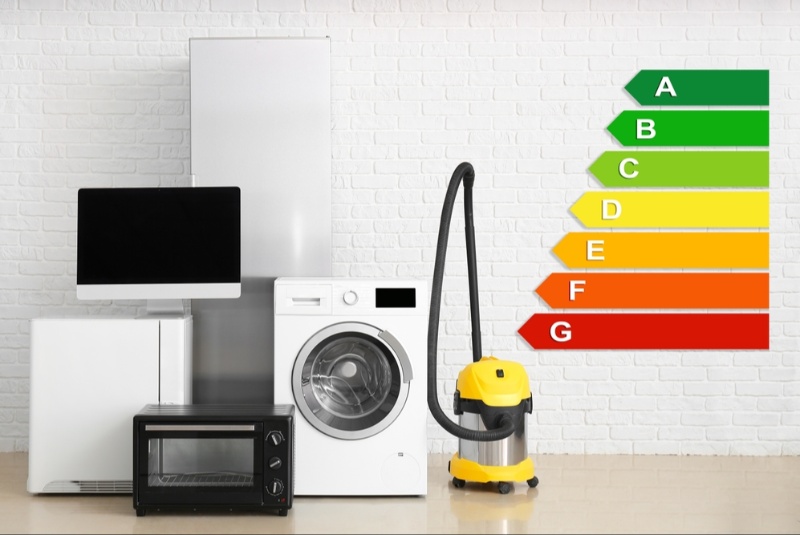In recent years, the escalating costs of vehicle ownership, including maintenance, fuel, and insurance, have encouraged many individuals to explore more economical alternatives. Leveraging public transportation and carpooling are two significant options that not only save money but also offer a greener, community-oriented approach to commuting. Below, we delve into how using public transport and carpooling can substantially reduce your daily commuting costs and alleviate financial stress.
Harnessing the Benefits of Public Transportation
Cost-Effective
Operating a car involves many hidden costs — from fuel to maintenance, and parking fees to insurance premiums. Public transportation, whether it be buses, trams, or metros, provides a much more cost-effective solution. You no longer have to worry about unforeseen car repair expenses or fluctuating fuel prices. Public transportation services offer budget-friendly fares, and many cities provide discounted rates for students, seniors, and low-income individuals, making it an inclusive and affordable option for all.
Productive Commute
By freeing yourself from the need to focus on driving, you can use your commute time more productively. Whether it is catching up on reading, working on your laptop, or simply relaxing, public transportation gives you the leisure of time, which in a way can also translate to monetary savings. Consider this: the time spent on public transport can be used for personal development, such as learning a new language, mastering a musical instrument, or even developing a side hustle. Over time, these newfound skills can potentially lead to additional income or career opportunities, enhancing your financial prospects.
Discounts and Subscriptions
Many public transportation systems offer discounted rates for daily, weekly, or monthly passes. Leveraging these discounts can lead to considerable savings over time. Moreover, many companies subsidize public transportation costs for their employees, another potential avenue for saving money. By taking advantage of these offers, you not only cut your commuting expenses but also enjoy the peace of mind that comes with predictable, budget-friendly transportation costs.

Embracing the Carpooling Culture
Shared Fuel Costs
Carpooling is a brilliant way to share the financial burden of commuting. Sharing rides with colleagues or friends means the fuel costs are divided, thereby reducing individual expenditures. This collaborative approach to transportation can result in significant savings. Not only do you save money on gas, but you also reduce wear and tear on your vehicle, leading to fewer maintenance expenses.
Decreased Wear and Tear
By alternating between different carpoolers' vehicles, you can significantly decrease the wear and tear on your own vehicle, thus prolonging its life and saving money on maintenance and repairs. The money saved from fewer trips to the mechanic or lower maintenance costs can be redirected towards more important financial goals, such as building an emergency fund or investing for the future.
Beneficial for the Environment
While it's a non-monetary benefit, it is worth noting that carpooling is environmentally friendly. By reducing the number of vehicles on the road, we can lessen our carbon footprint, which in turn can save money on a broader societal level by mitigating the adverse effects of climate change. Furthermore, some regions offer incentives such as carpool lanes, reduced toll fees, or tax benefits to encourage carpooling, enhancing the financial attractiveness of this option.
Maximizing the Benefits
To maximize the benefits of public transportation and carpooling, consider the following tips:
Plan Your Commute: Ensure to plan your route and schedule to make the most of public transportation and carpooling services. Utilize smartphone apps or online tools that provide real-time information on transit schedules and carpool options to streamline your commute.
Flexible Work Hours: If possible, opt for flexible work hours to avoid peak hours, which can be more expensive and crowded. Negotiating a flexible work schedule can not only save you money but also provide a better work-life balance.
Combine with Active Transport: Consider integrating walking or cycling with your public transport commute to save even more while keeping fit. Walking or cycling to and from public transportation stops can reduce transportation costs and contribute to your physical well-being.
Apps and Platforms: Utilize apps and platforms that facilitate carpooling and offer real-time updates on public transport schedules to streamline your commute and find the most cost-effective options. These digital tools make it easier than ever to connect with fellow commuters and make the most of shared transportation solutions.
Embracing a Lifestyle of Financial Sustainability
Public transportation and carpooling emerge as sustainable and budget-friendly alternatives to individual car ownership. Not only do they help you save money directly through reduced fuel, maintenance, and parking costs, but they also afford indirect savings through increased productivity and the promotion of environmental wellbeing.
Embracing a culture of shared mobility can significantly reduce your daily commuting costs and contribute to a healthier, happier, and economically sound lifestyle. It fosters community engagement and could be your cornerstone in building a lifestyle oriented towards financial sustainability and environmental consciousness.
Taking the first step towards this change may require a slight adjustment, but the monetary savings coupled with the positive environmental impact make it a change worth pursuing. Let the journey of saving money by leveraging public transportation and carpooling begin today, steering you towards a future of financial stability and eco-friendly living. Your decision to embrace these alternatives not only benefits your pocket but also contributes to a brighter, greener future for all.




